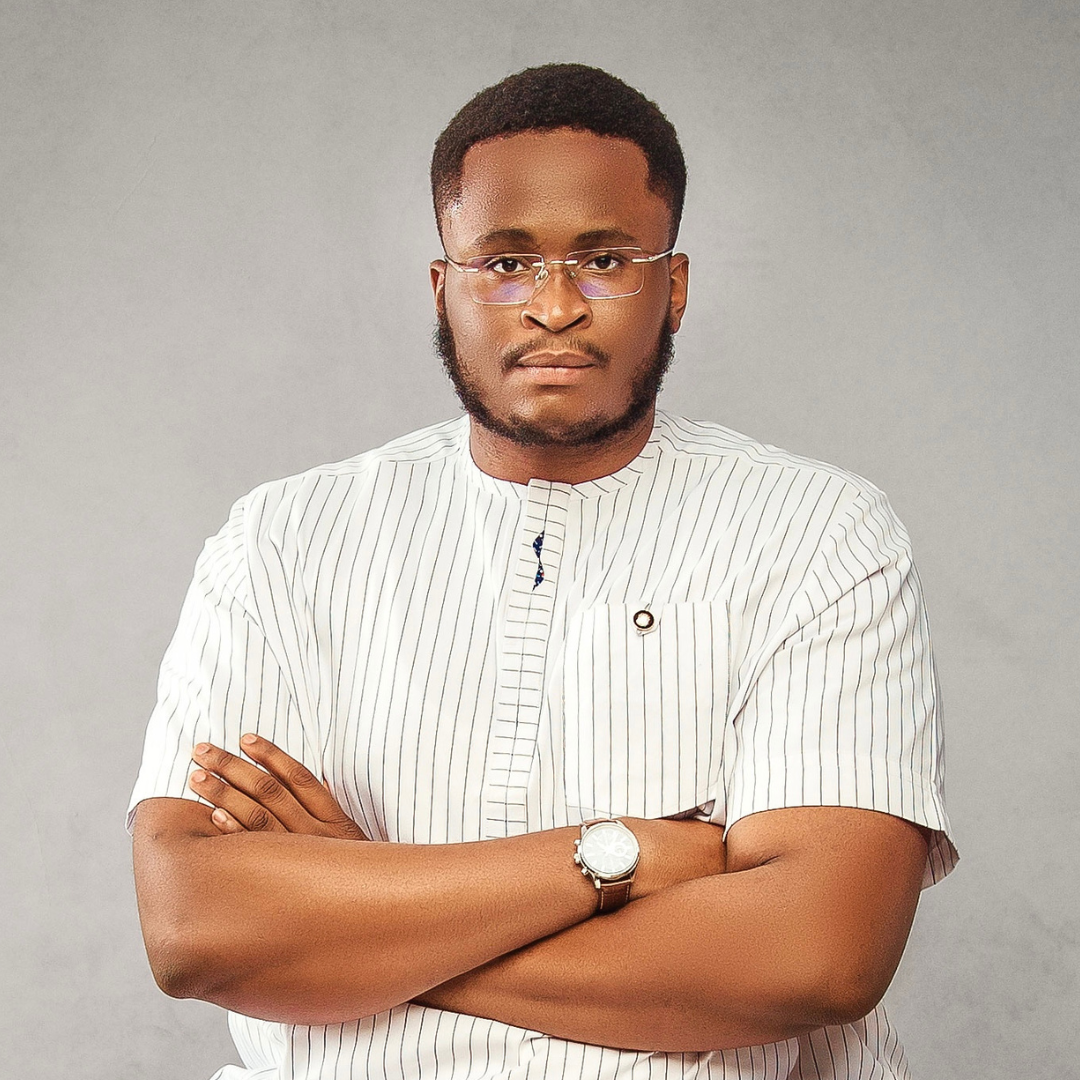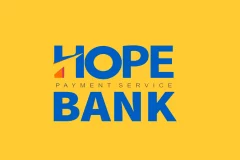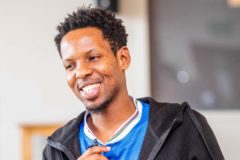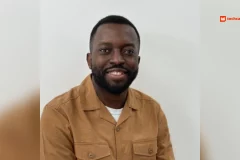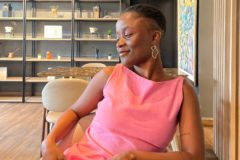Israel Oloruntoba is a product design manager at TradeAlly. With about four years of design experience, he has helped businesses and organisations solve problems, leading to customer retention, growth, and revenue increase. Israel possesses extensive experience in working on multiple products ranging from custom startup solutions to simple and complex enterprise software.
Explain your job to a five-year-old.
The toys you play with, I design them. It’s my job as a product designer to ensure that you, first, have the right kind of toy. Creating toys that just make you happy when you use them is what I do.
And is product design something you stumbled on? Or is it something you’ve always wanted to do?
For my adult years, it’s definitely something that I wanted to do. I started first as a graphic designer and I also was interested in product management and engineering; I even learnt to code at some point. So I looked for something that was in between
Product design was what made most sense. I’m also very interested in building products that people will actually use and enjoy. So it’s a little bit of both.
I wouldn’t say my life’s dream was to be a product designer. But, it’s something that I stumbled upon and something I was also very interested in basically.
What’s one thing you think any aspiring product designer should know?
That product design is not just about pixels, it’s not just about shiny things. It’s about the thinking. It’s about really understanding how products works.
It’s not just going on Figma and putting squares, circles and text together. Understanding how people use things, understanding people’s mental modes for the basic things that they use, that’s product design. It’s seeing beyond the shiny interfaces and shiny looks of products generally.
You’ve had freelance and salaried employment. Which do you prefer? And why?
For me, I prefer salaried. I’m not the biggest planner, but when it comes to things within my sphere of control, I don’t mind having them within my sphere of control.
And I think the non-predictability that comes with freelance requires meticulous planning. I personally paid employment, especially in a startup, not in a company. Because in a startup, you get to do a lot of exciting stuff all the time. In bigger companies, it’s very easy to be very obscure, and just faff around and not do anything.
Can one become a product designer with Canva alone? Or are tools like Illustrator and Figma critical?
That’s actually a very interesting question. I think you can, especially with the new AI tool that Canva has.
If we go back to what I said about what product designers need to understand, which is the product thinking itself, and how people use products, I think it’s less of the tool that you use, and more of the thinking behind what you’re creating that determines how good you are as a product designer.
It’s less of the tool and more of the thinking.
Speaking of AI, what do you think about the rush for AI? Is it legit? Or will it die down as Web3 did?
I think there are two sides to it.
There’s the business side and there’s the product side, which is the everyday use. I think that AI is not just unlike Web3 because everyday people use it. Web3 is very specific to people that just have an interest in it. AI is something that goes into everyday life. And a lot of people in the world have access to it so I think it’s something that is here to stay for a very long time.
Final question. What’s something you’re insanely proud of?
I designed Termii to be what it is right now.










